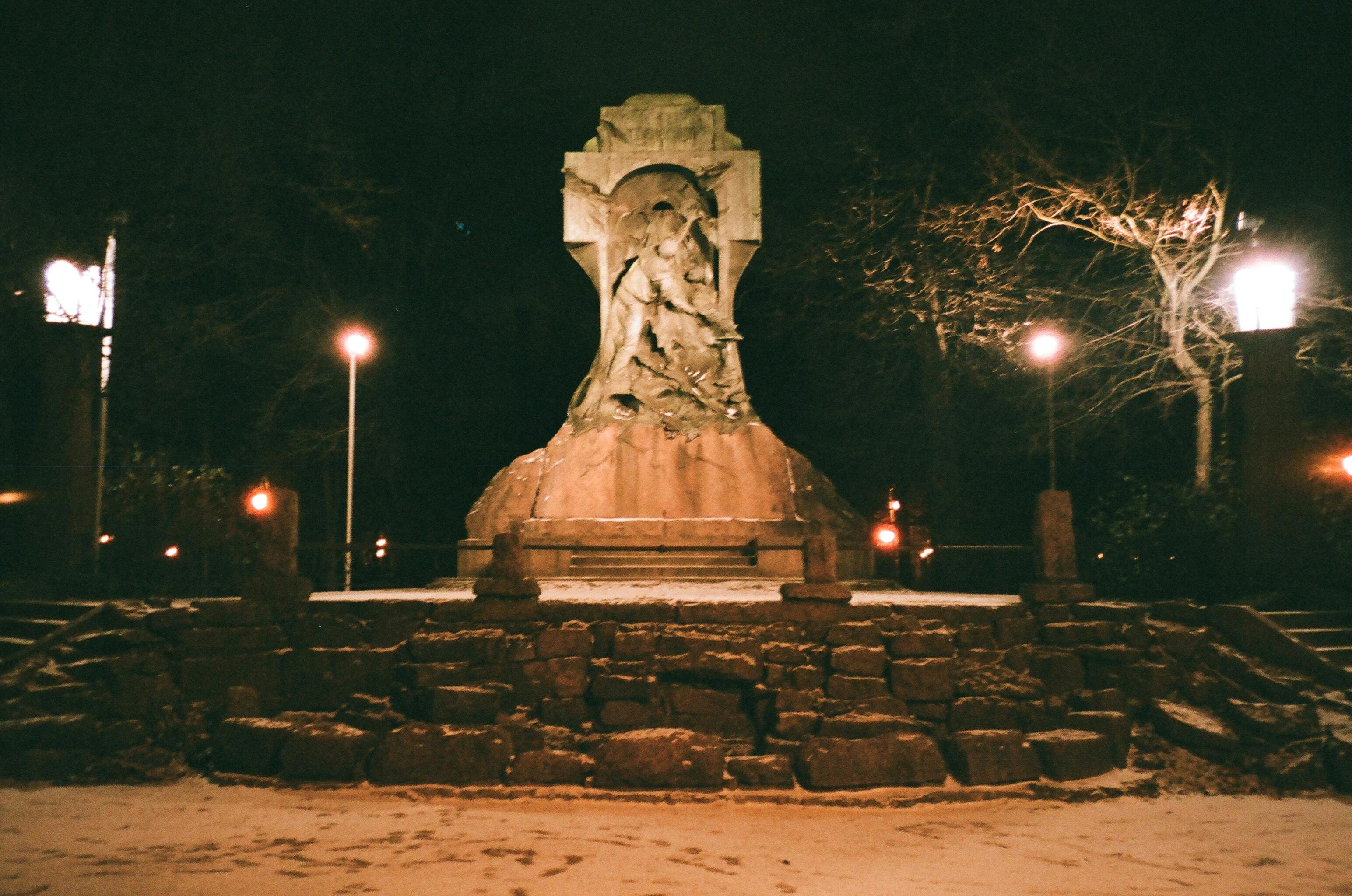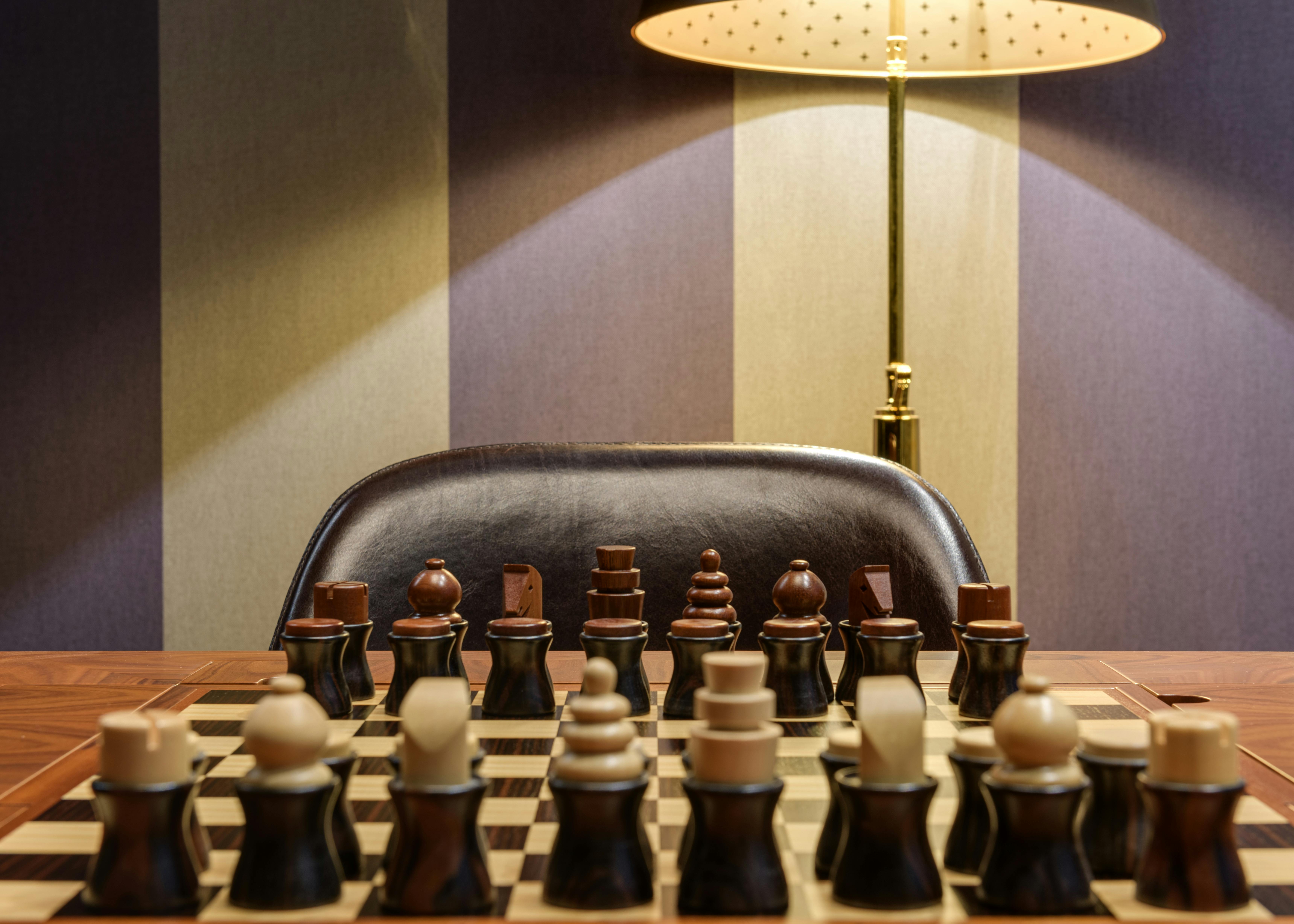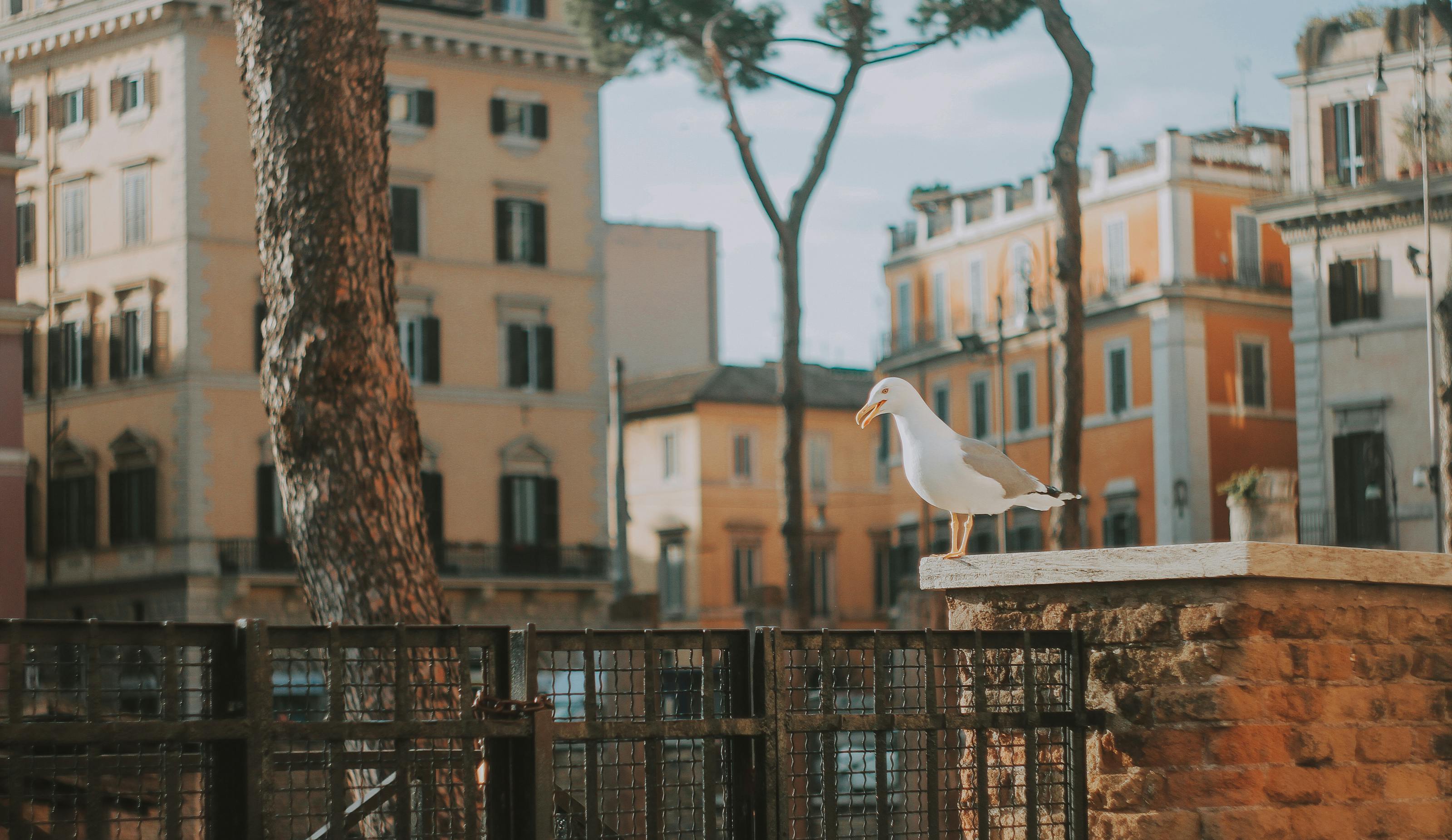In my work with victims of narcissistic abuse, more often than not I am asked the same question: “How do I know I’m not the narcissist?”
When I asked my own therapist this question many years ago, she responded, “If you were the narcissist, you wouldn’t be asking that question, because narcissists won’t see that the problem is with them.” They are too busy projecting problems onto those around them.
However, our own narcissism is a topic worth exploring in more detail. For example: Why do we ask that question in the first place? What is it that makes us feel like we are the narcissist?
In speaking with a client today, I had a great realization. She told me that she was always disappointed in her boyfriends or previous partners. They just didn’t live up to her expectations. As we dig a little deeper, she explained how she has oscillated between feelings of superiority and feelings of inferiority. She has constructed of herself her own illusion or idea of who she was herself that in her own reality placed her on a pedestal. So, in a sense, she was doing the same thing that a narcissistic personality would do. She protected herself from her inferiority feelings by placing herself on a pedestal. That pedestal created a false confidence.
So when the narcissistic personality enters your life, your false confidence is initially reflected back at the narcissist who reflects back to you the worthy image of the pedestal they have placed themselves on. But as the relationship progresses, her feelings of inferiority are activated as he projects her own inferiority onto her. Now she is experiencing the feeling of having her partner disappointed in her inadequacy just as she has been disappointed in her previous partners in her inadequacy.
What is the difference between the narcissistic partner and the one who feels abused? Compassion and empathy! The client she was talking to today identified with her partner’s feelings of superiority and also with her feelings of inadequacy. She had empathy for him. She didn’t want to see him hurt because she knows how painful it is to experience those same kinds of feelings. A pathological narcissist doesn’t give a damn about his partner’s hurt feelings. He only cares about himself and his own needs.
The inverted narcissist, as Sam Vaknin calls him, is the perfect match for the pathological narcissist. Because when their false selves meet, the illusion of who they think they are is reinforced to the point where it can feel like Cinderella meeting her prince, who pulls her out of her hellhole, where she’s forced to wear rags and sweep ashes everywhere. day. Suddenly, she rises from her, fits her glass slipper perfectly, and is taken to the castle adorned with beautiful dresses and riches worthy of the queen that she is.
Perhaps in this fairy tale, Cinderella always fantasized about being a queen, but lived the reality of being an ash maiden. She was ridiculed and condemned by those around her and made to feel unworthy of the good things in her life. But she would show them someday. She would show them that she really was a queen.
For those of us who come from painful childhoods where we were somehow made to feel inferior, we can easily create fantasy worlds in which we escape the never-never land. We imagine ourselves as fairy princesses and we imagine our prince riding on a white horse and lifting us up, taking us from our humble reality to a great castle where we are treated as a queen should be treated.
In the psychic realm, the psychosis of the pathological narcissist is a great match for the fantasy world of the inverted narcissist. Because in the world of fantasy a great fantasy is created where the King and Queen of the never-never land meet up and ride off into the sunset. It’s such a beautiful love story, at the beginning.
But all glass slippers eventually break and so do the glass houses in which the “ideal” couple resides. There love is not built on something real, but rather on an illusion of perfection created by both parties. She says “be my prince” and he says “be my queen”. But once they settle into the Castle, true selves begin to emerge. Feelings of inferiority begin to surface. Both partners really don’t want to be discovered, unless they risk losing their status on that pedestal. “What if he finds out I’m actually a frog?” He could think. And she might wonder “what if he knows the truth about me, that I’m just a street sweeper?”
The narcissistic dance is really a dance of the ego. It is an escape from the true self. Because the real me has never been discovered or cultivated. The narcissistic façade is a preservation of the ego that needs to appear bigger than it is. From that wounded little boy he inflates his humble sense of self into something others would envy. He fights for greatness, not for the sake of the task, but for revenge against those who would mock him for his inferiority.
We see this scenario often in movies where the ugly geek turns into the beautiful swan or the handsome prince and is the envy of those who used to make fun of him. But inside he can still feel like the ugly duckling. A true pathological narcissist is so adept at hiding from that ugly duckling that he hides it from himself. He is no longer really aware of those feelings. He is separate from them. Where his victim is probably very much in touch with those feelings. She feels the depth of pain triggered by the mistreatment of her and the lack of consideration for her. She triggers all those feelings of unworthiness that he’s been running from for most of her life.
If the inverted narcissist does not take this opportunity for self-reflection and personal growth, they are likely to fall back into their old ways and re-create a similar scenario. But the opportunity is there for a great transformation. One that comes from truly embracing the self and becoming real! We peel back the layers of who we are not and cultivate the truth of who we are. This begins with embracing that hurt little child who has been rejected, mocked, teased, and made to feel inferior in so many ways. We can begin by having compassion for that inner child in the same way that we find ourselves feeling compassion for the narcissist in our lives.
once we own self there is no longer any need to hide that rejected part of ourselves from the world behind an illusion of fantasy. We don’t need to be seen as “the queen” anymore, but we’re okay with just being normal. Ironically, once we accept our normality, we actually start to stand out, really. Because we stop trying to be something we are not and start accepting who we really are. Our true selves always carry the greatest light.
As I work with more and more victims of narcissistic abuse, I am beginning to see narcissism as the catalyst for personal transformation. Narcissistic abuse spirals us into our deepest and most fragile aspect of ourselves, the hurt and rejected child within us. I used to believe that we only assumed the projection of the narcissist, but I am realizing that this is not true. This is the very part of the narcissist that we identify with. He too has the same discarded, lost, rejected inner child covered in an illusion of grandiosity. So our job is not simply to stop taking on the narcissist’s projections in our lives, but rather to allow ourselves to descend into the deepest, darkest places within our psyche and rescue that rejected child within us.
Ironically, once we accept our inadequacies, we no longer feel so inadequate. We come to understand that no one is perfect, including us. We make mistakes, we have flaws, we have areas where we are ashamed of ourselves, and now we simply admit these realizations to ourselves. Instead of taking inventory of the narcissist in our lives, we take our own inventory and list the areas in which we have deceived ourselves. When we finally see that being imperfect is being real, we accept ourselves as we are and stop trying to be something we’re not.
Becoming real is a process. I call it growing up. We peel back those layers of what we are not, to refine what we really are. And… we come to see ourselves as beautiful even with our flaws. Actually, it is our flaws that make us unique and beautiful. Perfection is the illusion!
We may initially be angry because we are thrown into the deep pain of self-reflection and personal growth while the narcissist is in another fairy tale; but instead of envying him for his ignorance, we should thank him for the gift he has given us. He has brought us to our true selves. The pain of discovery may be great at first, but it is worth the journey, because now we can truly live and truly love. Once we accept the imperfections in ourselves, we can accept the imperfections of our future partners and have a much greater opportunity for true love.




